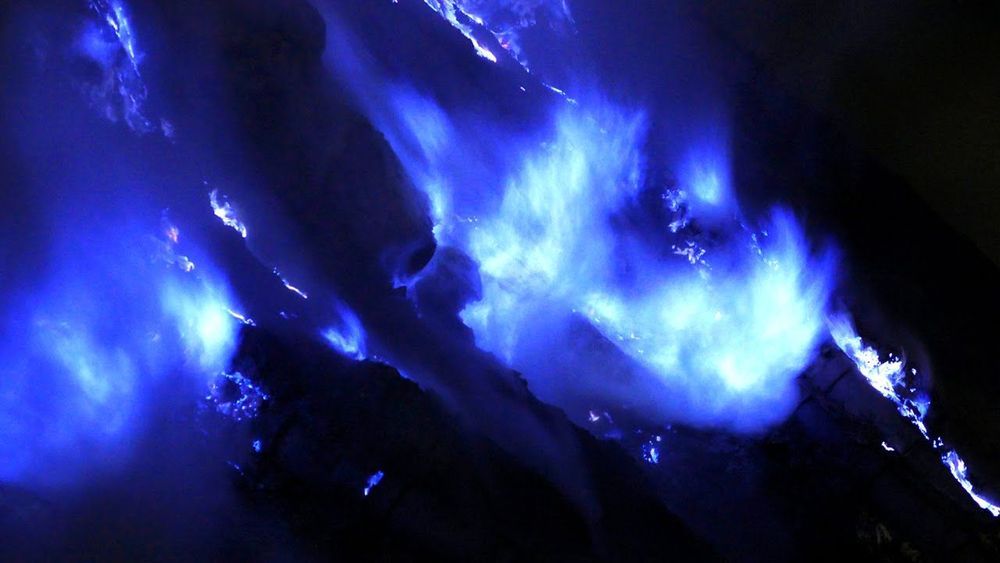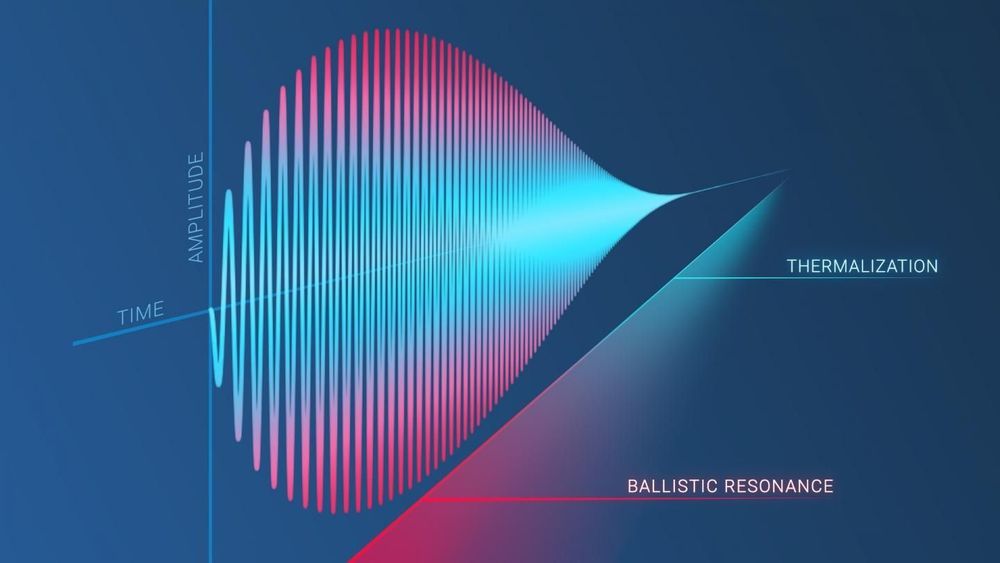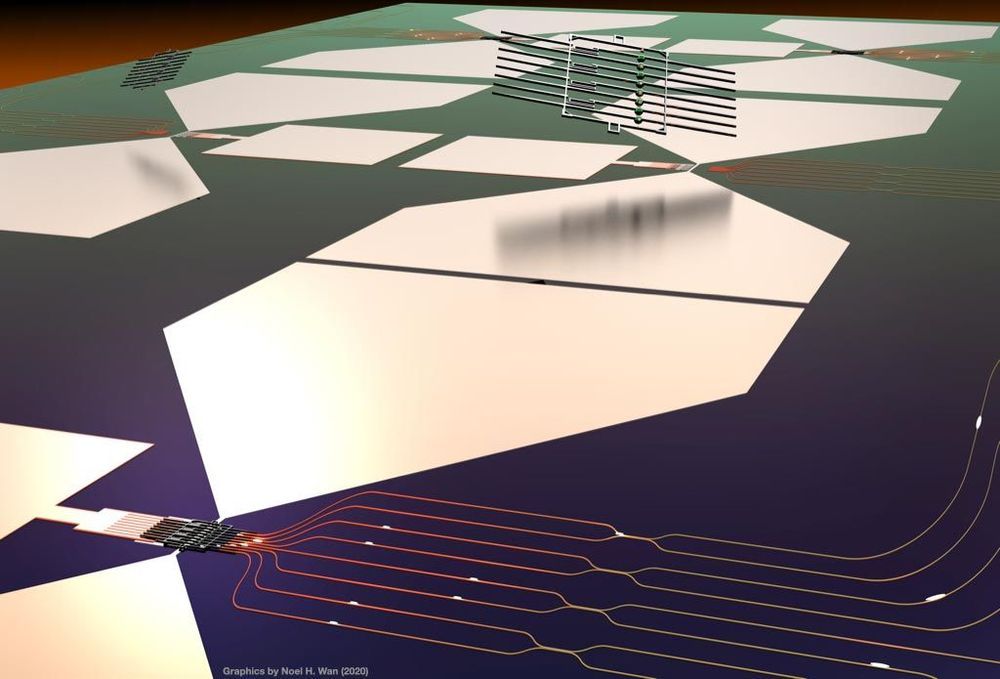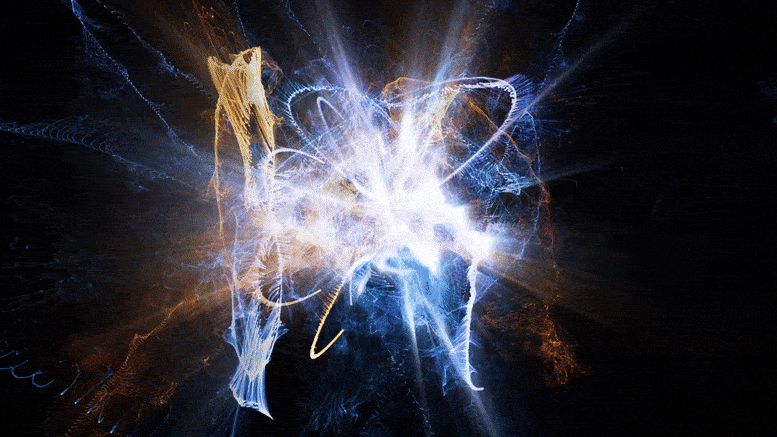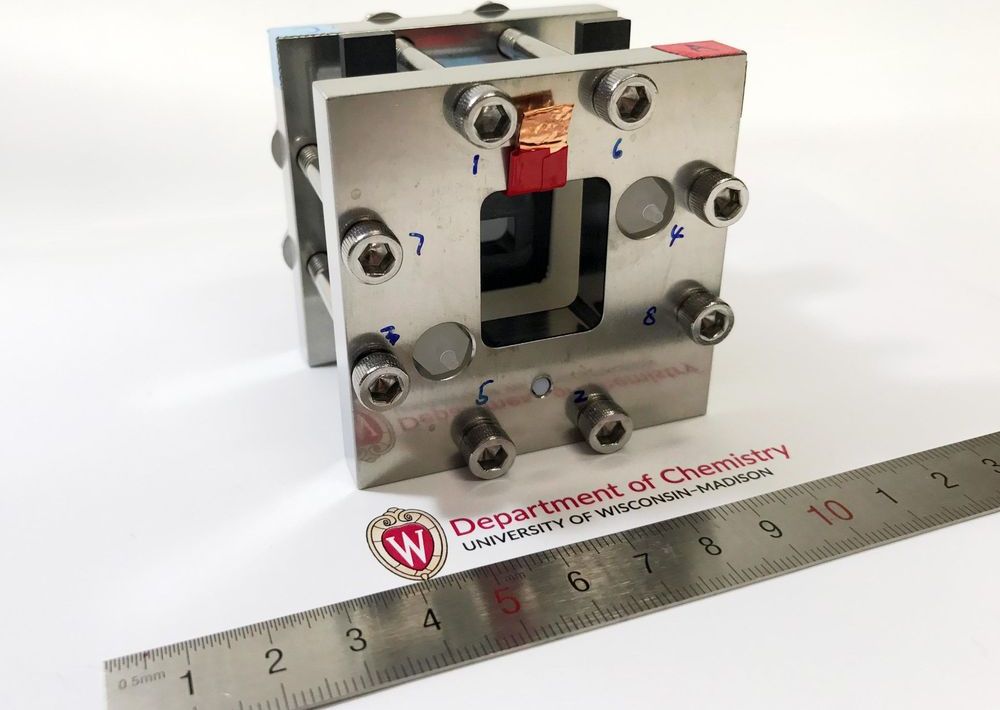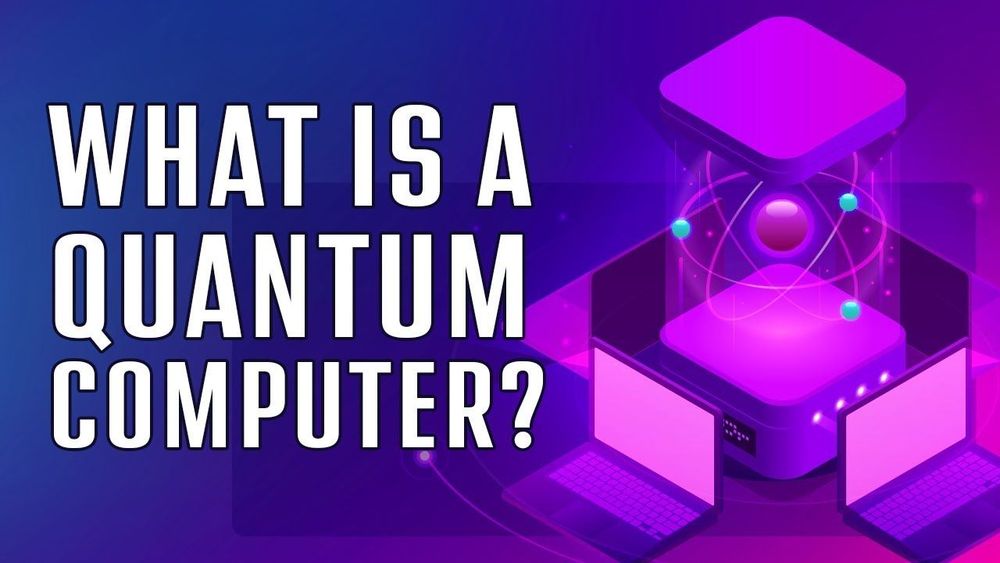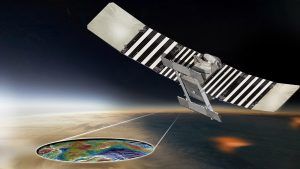Jul 13, 2020
Volcano That Spews Blue Lava? Mesmerising Sight of Indonesia’s Kawah Ijen Volcano at Night Will Leave You in Awe of Nature
Posted by Quinn Sena in category: biotech/medical
https://youtube.com/watch?v=qmkmStZc240
According to a Paris-based photographer, Olivier Grunewald, it is when the sulphuric gases come out of the vents or cracks in the volcano and get in contact with the oxygen-rich atmospheric air that the light is produced. This is the reason behind the blue flame which flows down the slope as burning hot liquid sulphur, after the sulphur gases condense, giving the illusion of lava flowing after a volcanic eruption.
Since Grunewald has been documenting the rare phenomenon for over several years, he reportedly suggests sighting the blue lava during the night or after sunset. German videographer and volcano explorer Marc Szeglat filmed the sight of the eerie blue flames at night which is breathtaking enough to enter the bucket list of travel enthusiasts and photographers whenever the COVID-19 lockdown lifts.
